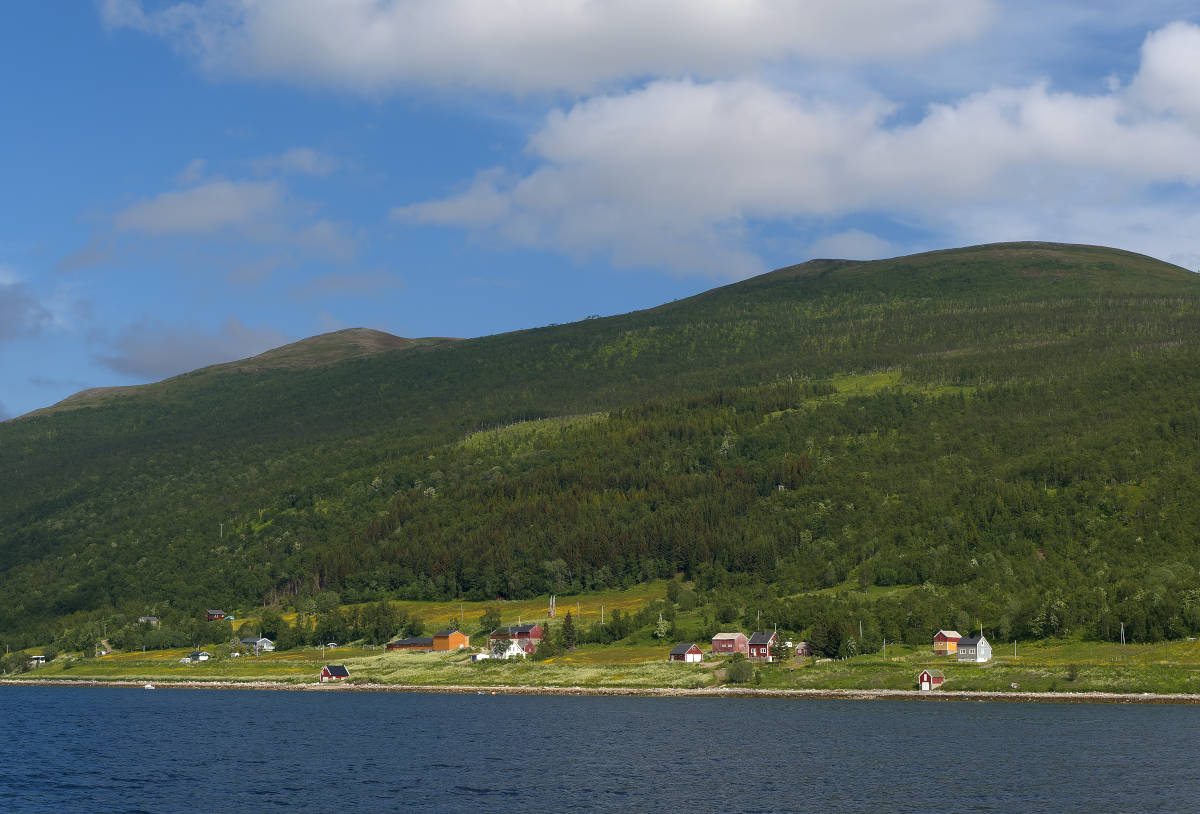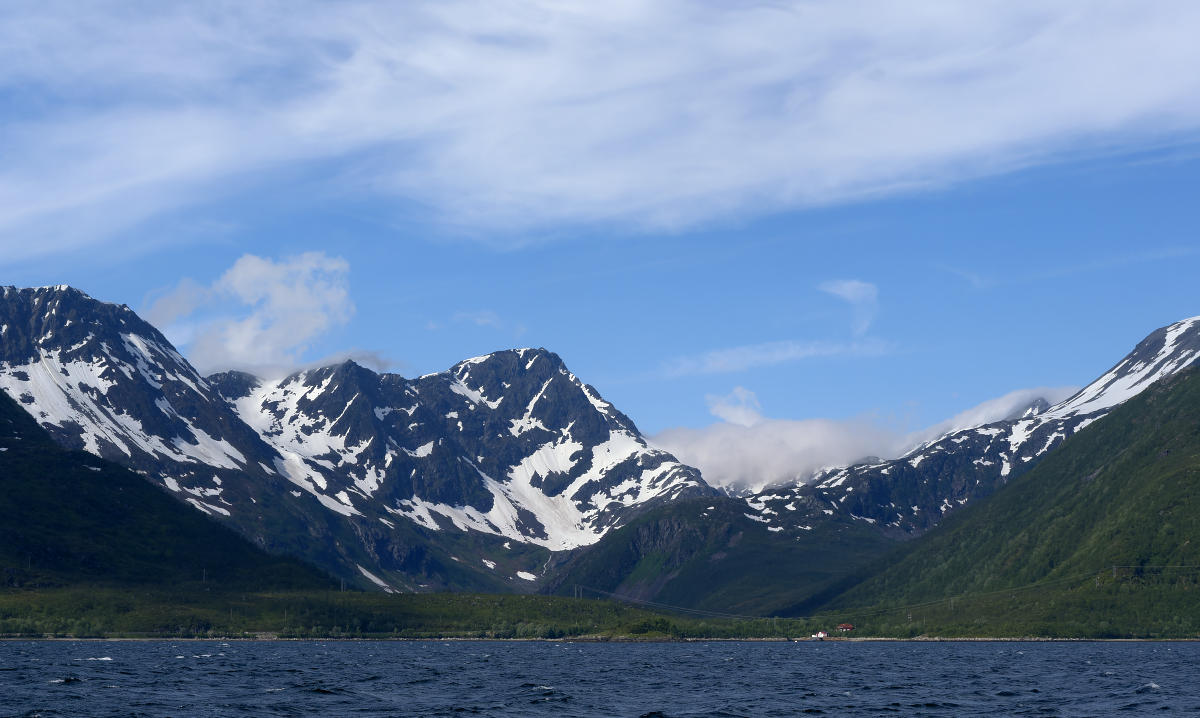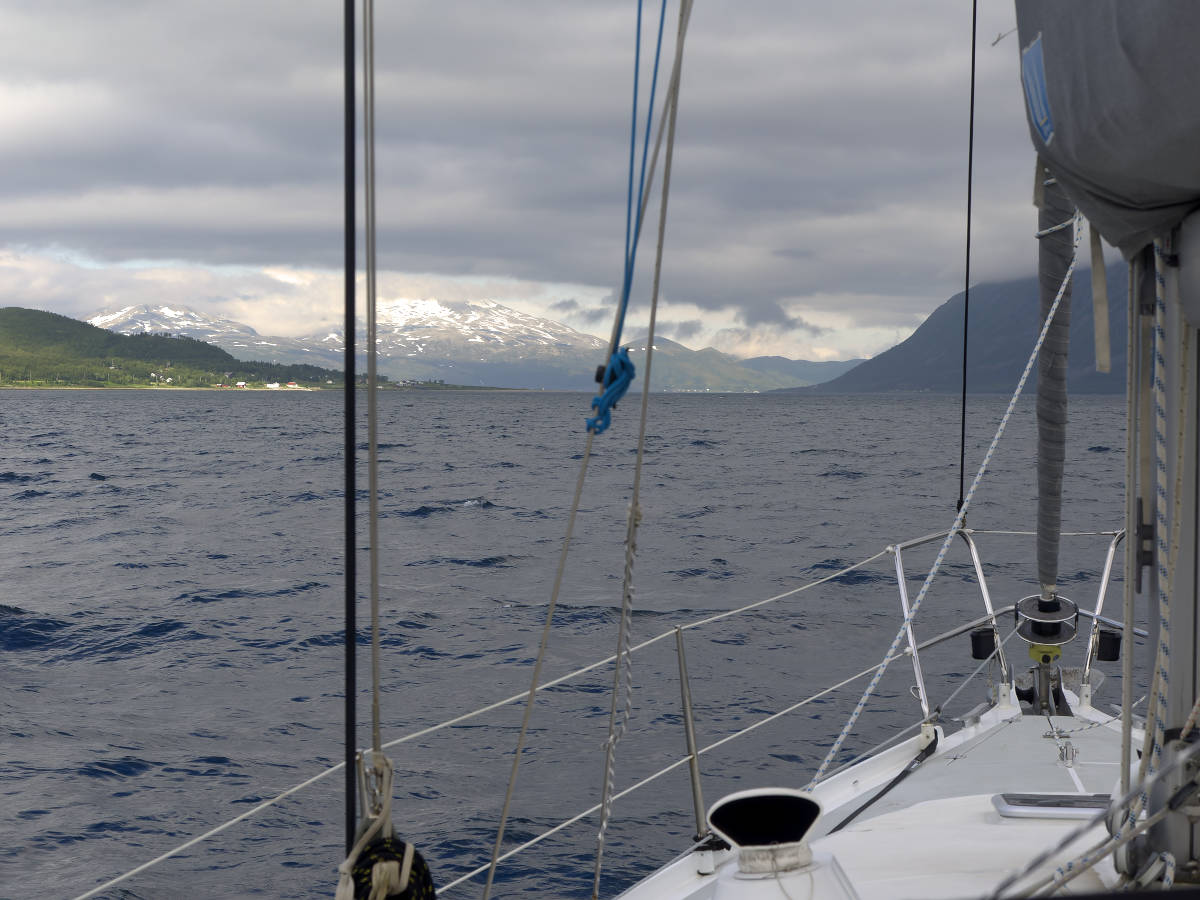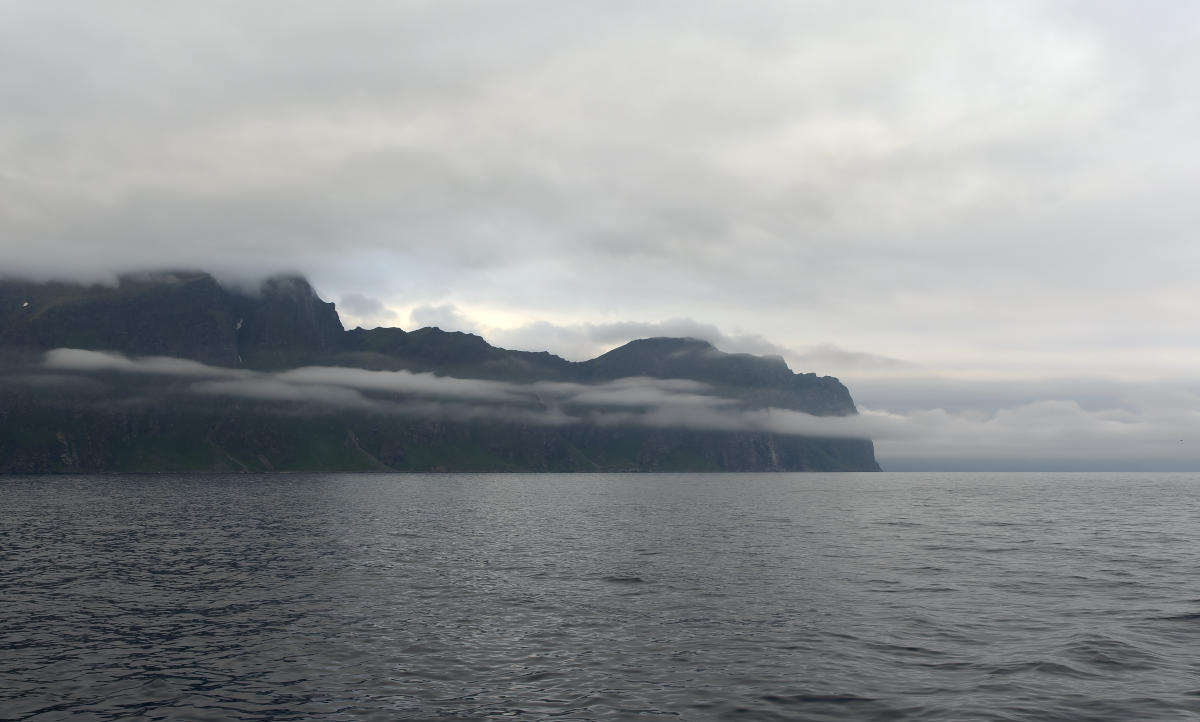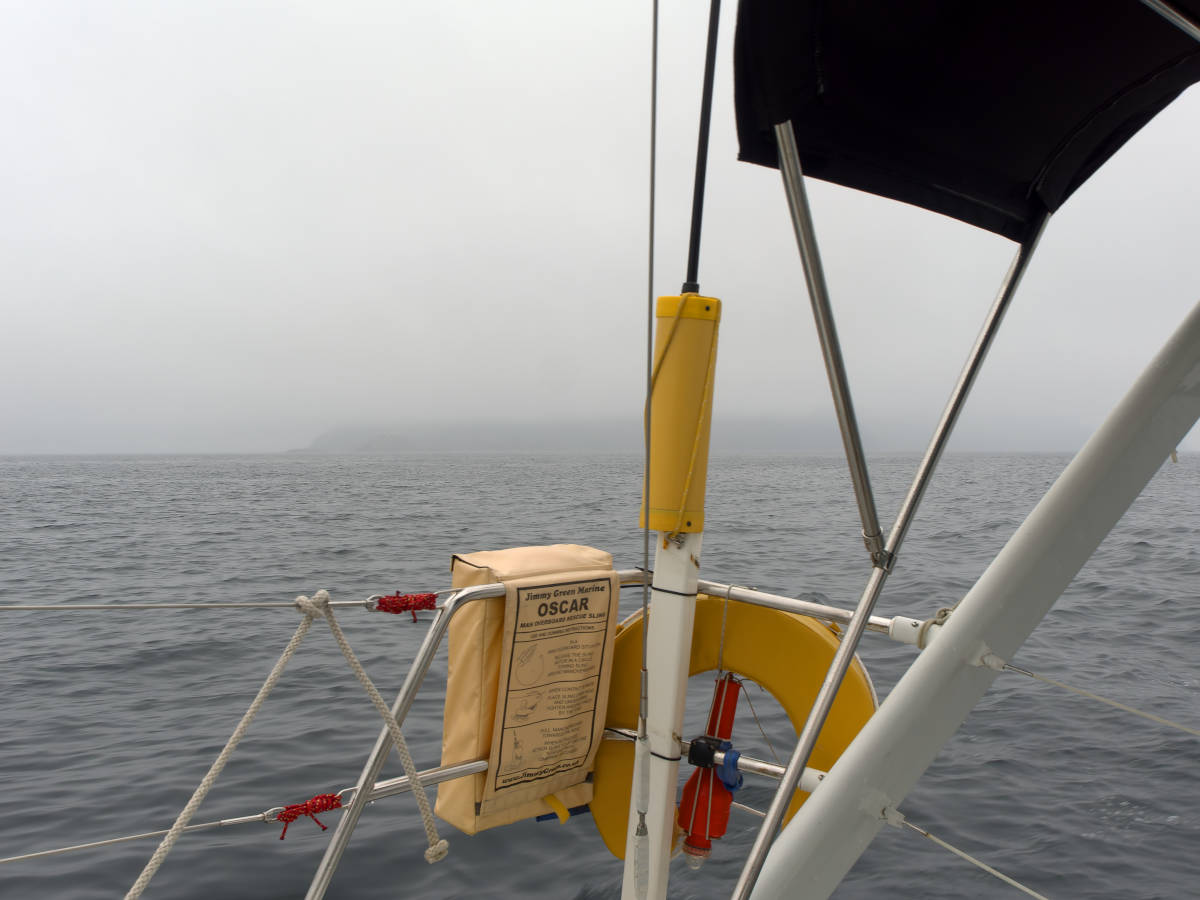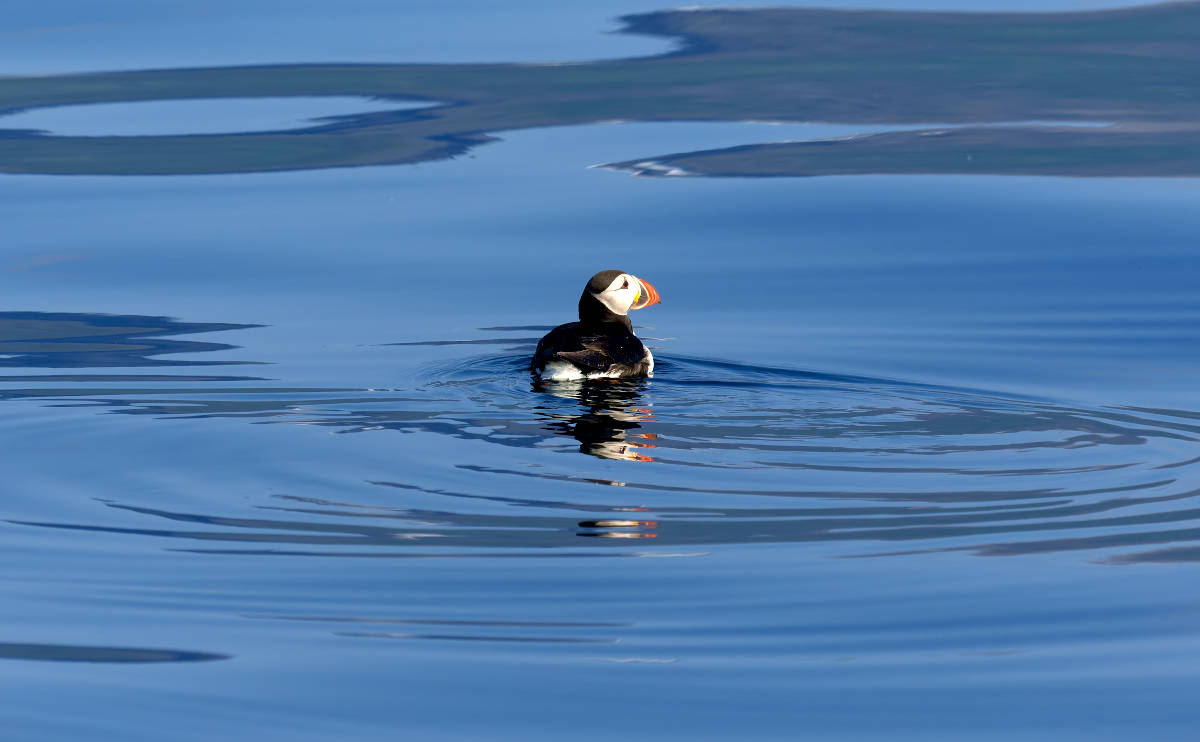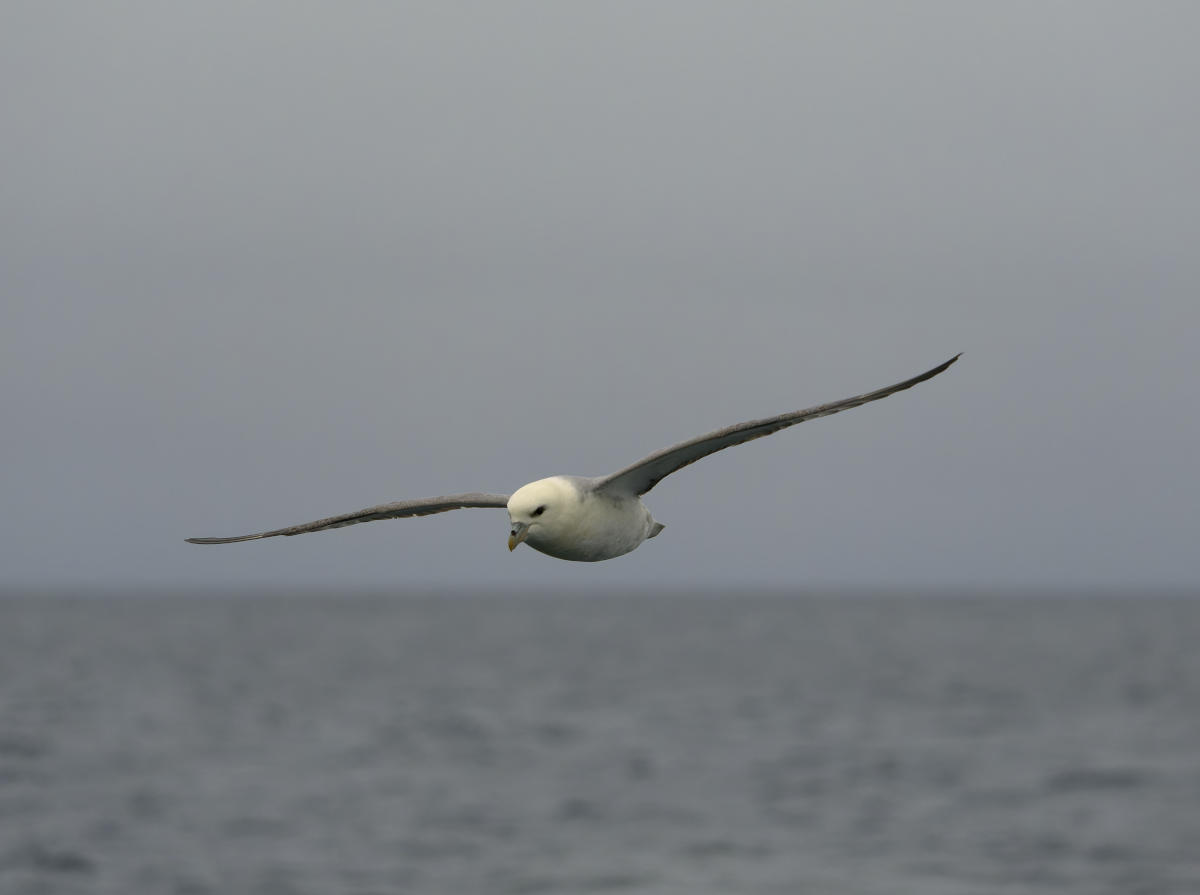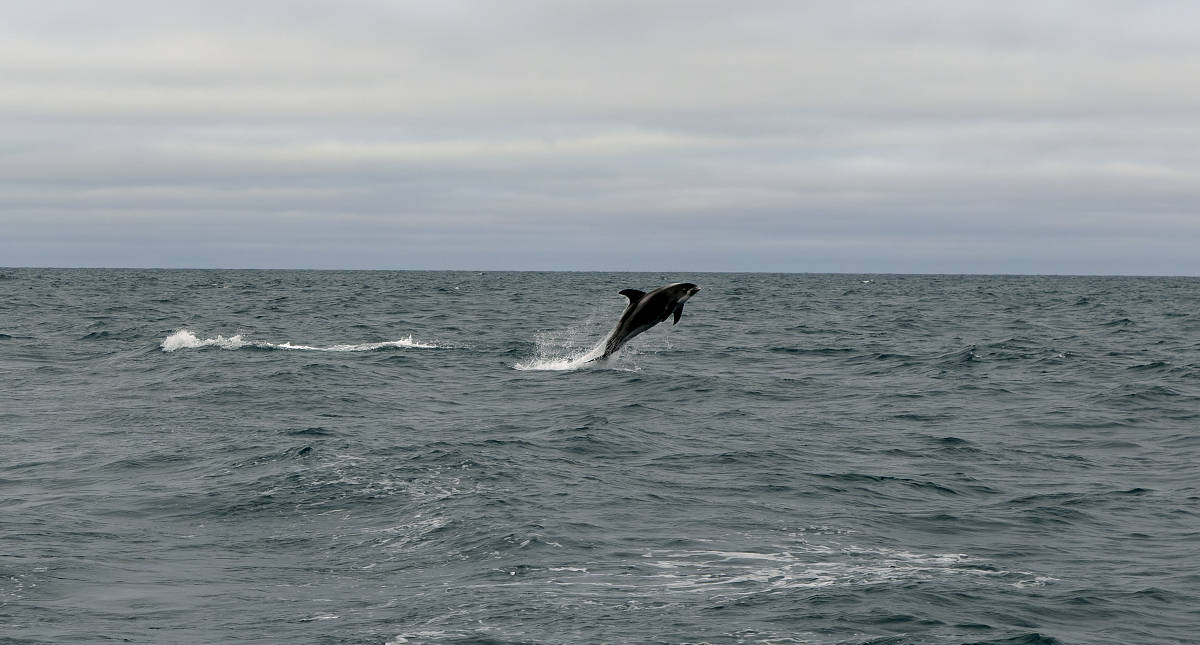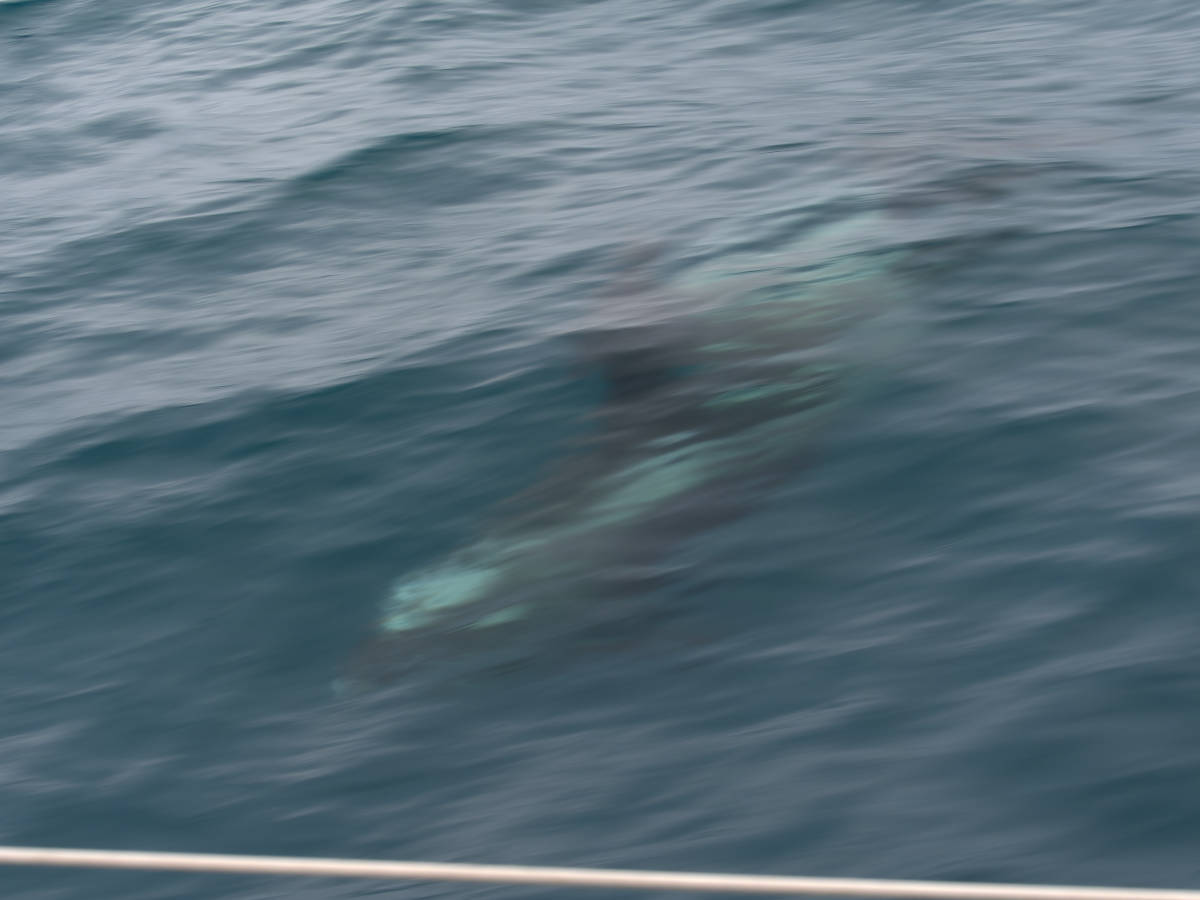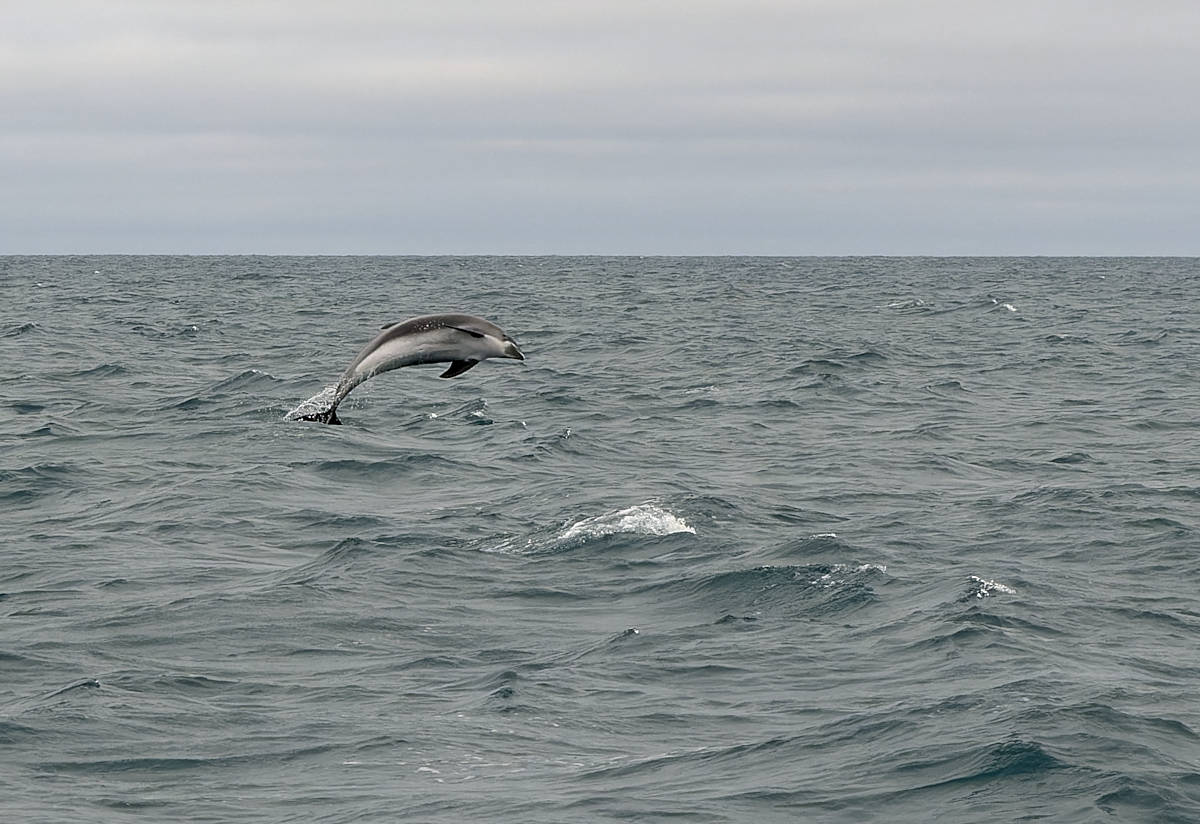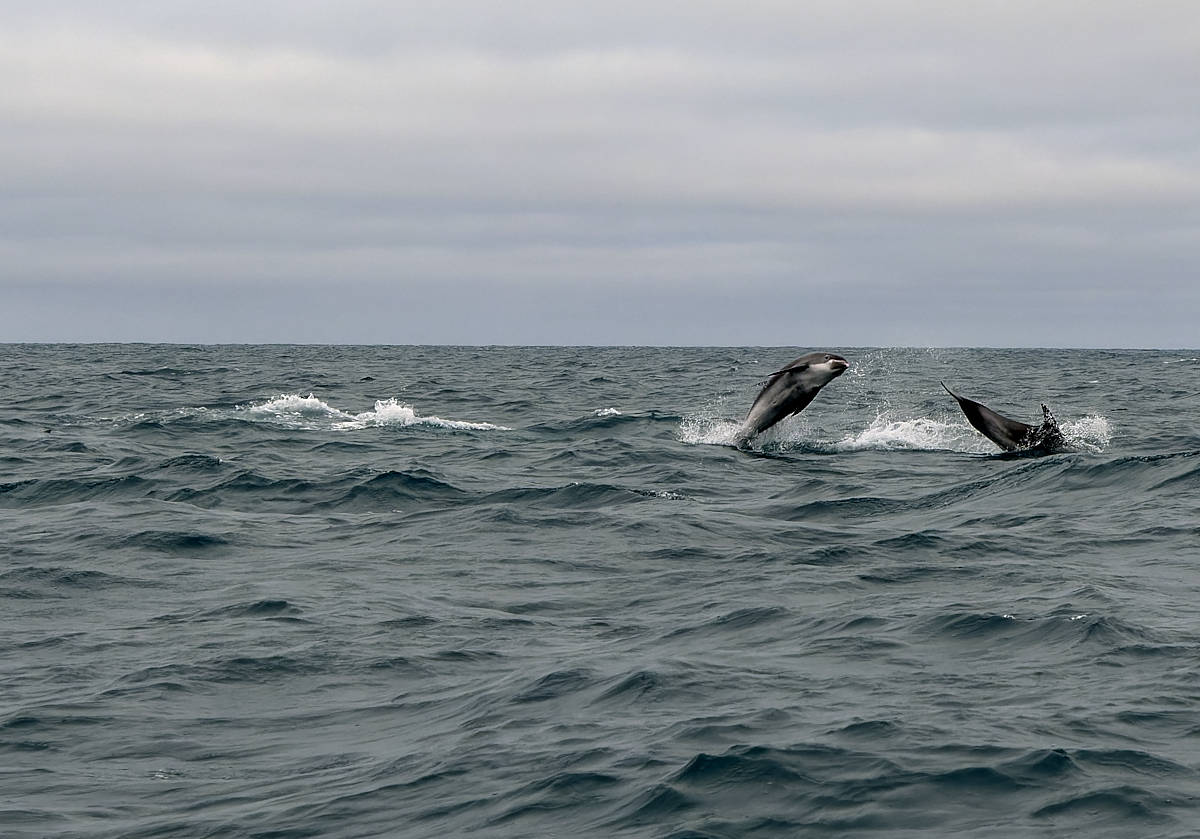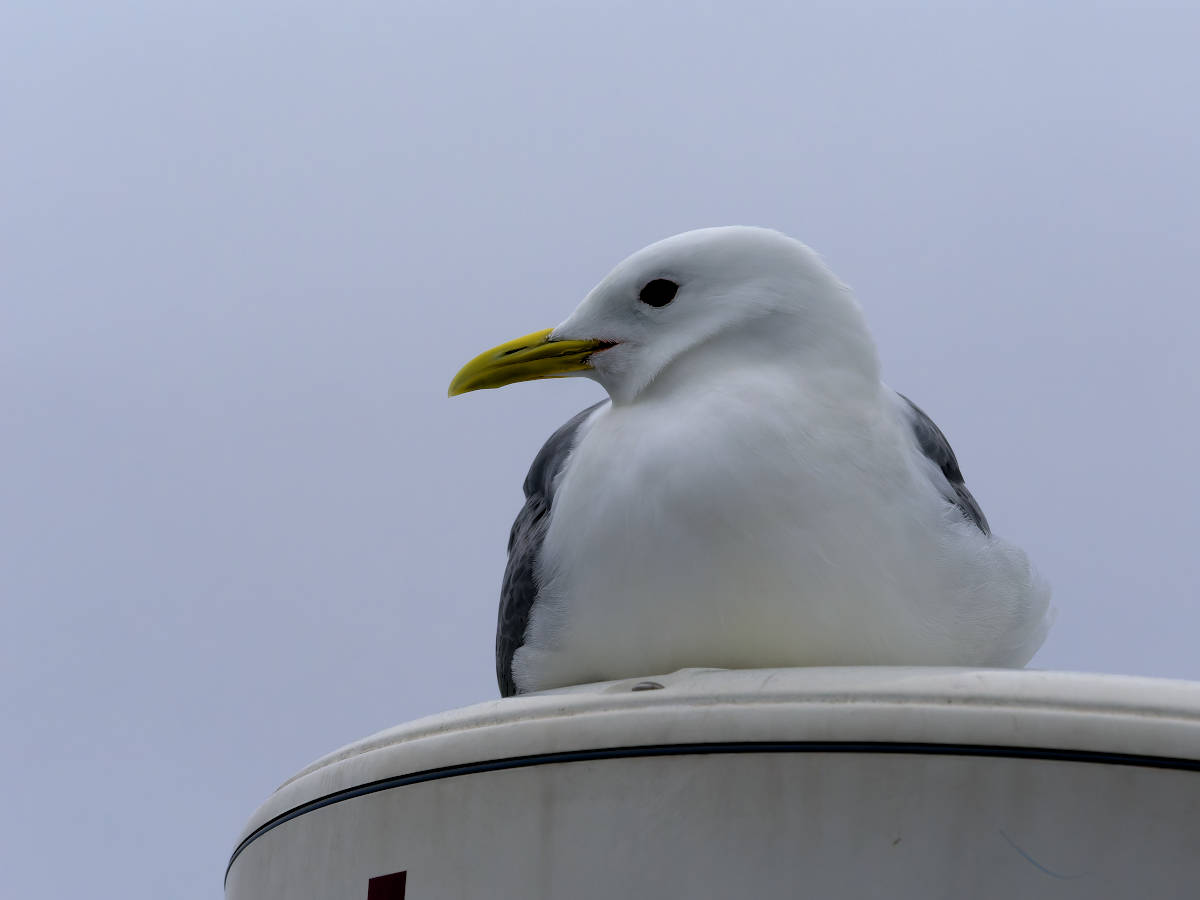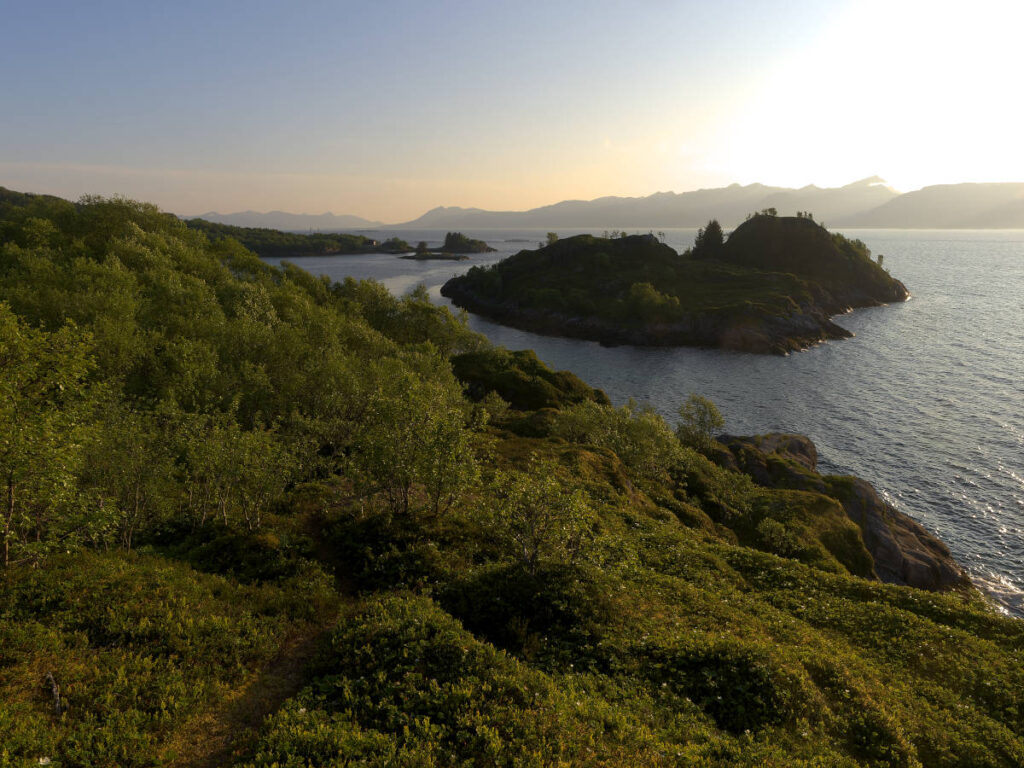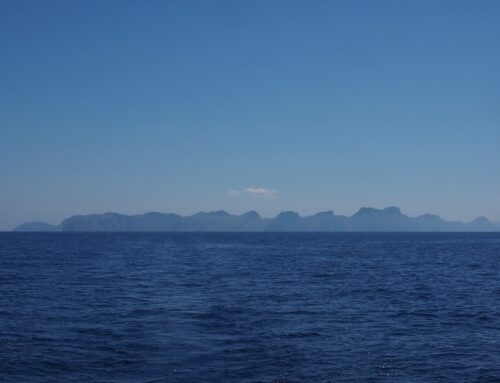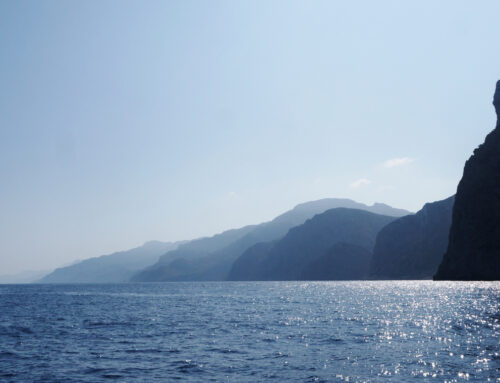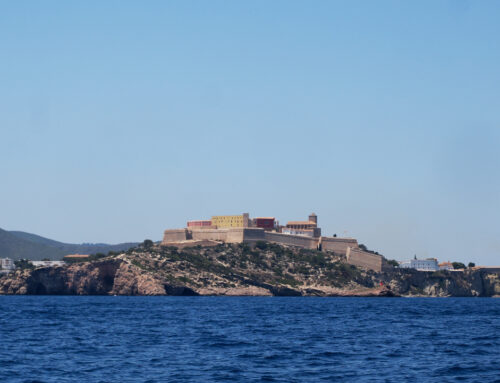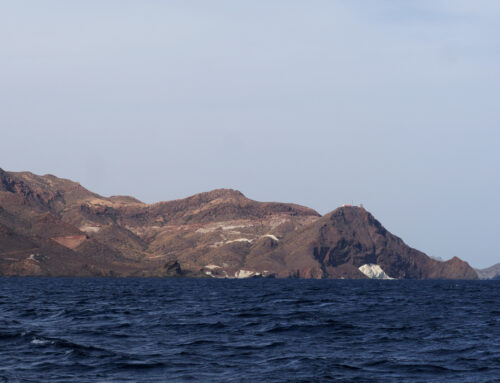Passage to Svalbard
A big crossing
Well, today is the next one of those days – a day where we set out to do something that feels big. This time it is leaving for Svalbard – nearly 400 miles across the Barents Sea.
Svalbard, Greenland, Jan Mayen, Antarctica; these are all places that have for so long lived in our imagination, isolated, harsh, deeply attractive. Bleak landscapes, simple lines, sparse colour palettes, places that require respect and admiration. Their isolation and harshness imbues them with a strange and aloof sort of beauty. Isolation and beauty can be found in many other places around the world, but their simple and stark features mark these out as distinct. The high mountains, Antarctica, and the cold volcanic deserts of Iceland share this beauty, something entirely different and something that begs you to savour it.
Well, that at least is how these places appear in our imagination, but today, rather than rely on the mere imagination, we are off to see what one of them, Svalbard, really is like. So, hi-ho, hi-ho, it’s off to Svalbard we go!
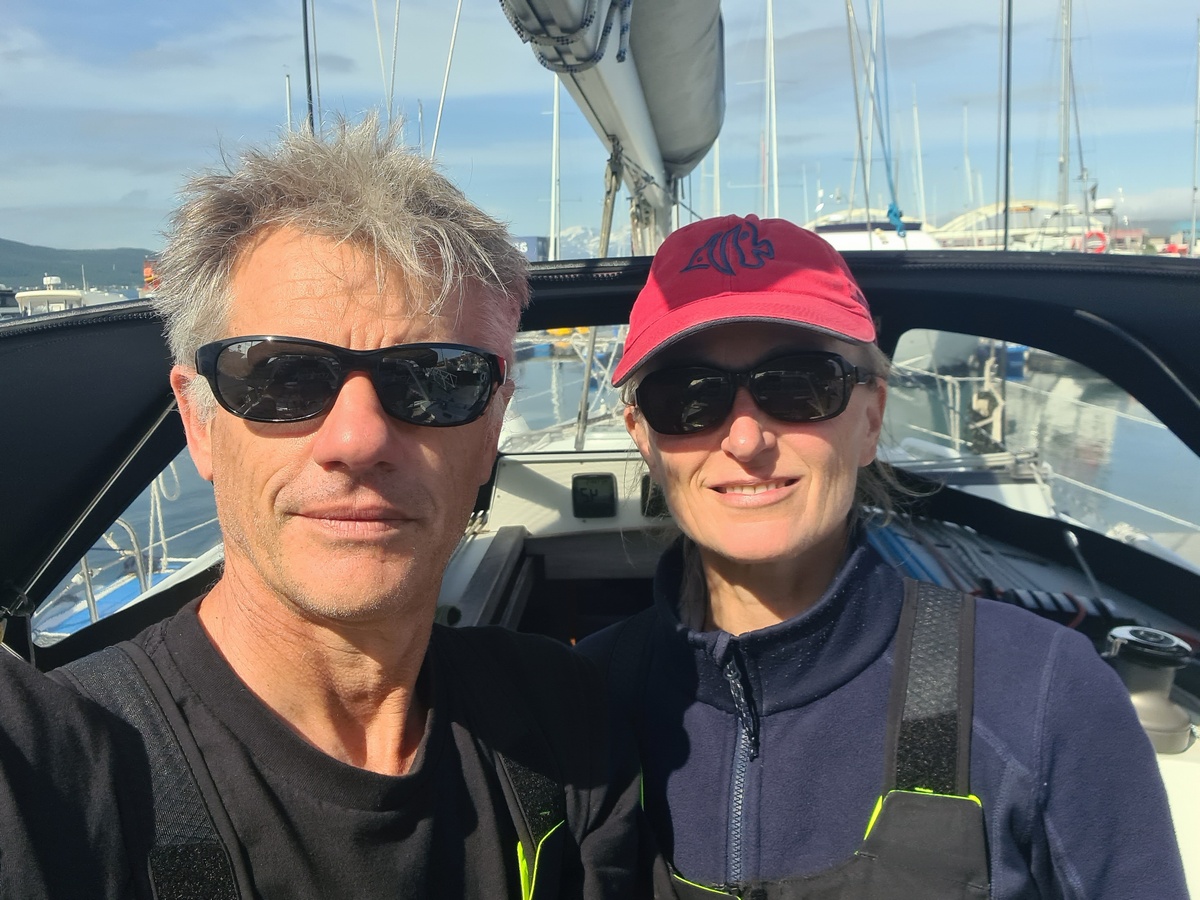
“It’s 609 miles to Longyearbyen, we got a full tank of diesel, 10 blocks of chocolate, it’s daytime all the time… and we’re wearing sunglasses.”
“Hit it.”
Departing for a trip like this always comes with a moment or two where you think, ‘Good grief, what are we doing? We could be drinking coffee and eating cinnamon buns somewhere nice and warm’. True enough, but by the time those thoughts surface it is usually way too late – months have already been spent in preparing yourself, your equipment, and ensuring supplies are ready. What you are doing now is just the next, small step in that whole long process. Well, we have run out of time and we are as prepared as we can be. As many i’s have been dotted as possible, as many t’s as possible have been crossed. Could we be better prepared? Indubitably, there are things we don’t have that we wanted to have along, there is training we could brush up on, there are chocolates not bought, but at some point you have to draw the line and get going. That point is now; here we are and off we go. Fingers crossed, Boreas please be good to us.
We’d been checking the weather forecast for a few days now, and it looks like we’ll have a suitable weather window for the next 4 to 5 days. A few other boats from the Svalbard 2023 WhatsApp group have already, or are also leaving to catch this window. This provides us with some confidence that we’re not completely off the charts, and that we’ll have some company (however distant) during the passage.
Leaving Tromsø
The first stage of the trip is getting away. This morning that involved stowing the dinghy below, bringing out the Jordan’s Drogue, getting the last batch of cinnie buns from the nearest bakery, bidding adieu to folk in the harbour and then heading to a marina on the northside of town to get some fuel and LPG. Frederieke also prepared a couple of kgs of warm meals (this time, chickpea stew with millet) to sustain us along the way. That done, we are away.
A few sunny hours along the fjords north of Tromsø
The second stage of the trip is getting off the Norwegian coast. From Tromsø this involved, as we now know is usual for the inside of Norway’s coast, a day of motoring straight into winds, strong and light, along channels, and then skipping along others under a full genoa with the wind nipping at our tail. At the start of the day, we could see the mountain tops, but by the late afternoon the clouds were creeping down with cold winds blowing off the snowfields above.
A few not so sunny hours along the fjords north of Tromsø
Our last glimpses of the Norwegian coast
Sailing into the Barents Sea’s swell
As the slightly softer light of what passes for evening came on, we were passing the last of the islands under motor accompanied by squadrons of puffins and guillemots, swimming heads up and alert or flying low over the water, wings a blur. An occasional razorbill or murre eyed us suspiciously and kittiwakes circled low behind us. Out of the lee of Nord Fugløy we picked up a long Barents Sea swell and a fresh breeze on the starboard beam that carried us happily along at 6-7kts. Out here the puffins and their ilk gradually gave way to fulmars until these dour beauties were our only companions.
The birds we left behind and the birds we met along the way.
An Atlantic puffin and a fulmar.
As the night progressed the breeze began to get increasingly fickle until, by morning, Boreas had clearly had decided that he was going to get a bit silly on us. Every few minutes it would swing from 50˚to 90˚and go from 8kts to 17kts and back. Sometimes these swings and gusts would happen together, sometimes not. As if to keep peace amongst the elements, that long swell also figured it was time to go a bit rogue, becoming a steep, short, 2m sea from the north east that was tossing itself against sets of waves from the south.
The result for us became a pretty unpleasant set of conditions with the boat pitching, swinging and rolling in the lulls before suddenly rounding up and beginning to pound across the swells in the gusts. The windvane steering struggled to keep up with it all and eventually we had to resort to hand steering (fun) and the autopilot (dull). We had put in our first reef relatively early, when the wind was just 12kts, in a vain attempt to slow the boat down relative to waves and to make things more comfortable but even then had continued along at 6+kts, sometimes pushing 8 in the gusts. Even the second reef only kept the speed to 6kts and had barely any effect on the movement.
So, we endured a fairly unpleasant 24 or so hours (hence lack of photos). Frederieke was decidedly nauseous but soldiered on through her watches with a grim determination that reeked of ‘get me the hell out of here’, while I spent my time not quite certain whether that feeling was hunger or sea sickness but was quite certain that it wasn’t good. Luckily, each time I ate I felt better.
Dolphins, orcas and whales
It wasn’t all misery, though. Just outside the offshore shipping channel to Murmansk we encountered a pod of 3 or more orcas prowling along near a group of humpback whales. Later another group of orcas cruised past in the distance. On two occasions sperm whales sounded, once about 200m from Yuma
Best though were the dolphins. On four or five occasions we encountered pods of Atlantic white-beaked dolphins. Such fun animals! A couple of times they were focused on hunting and sped along the surface in tight groups, skimming just under and just over the surface, running down schools of fish before suddenly rounding up and milling around on the spot as they went in for the kill. Other times they joined us leaping out of the water and zooming past us under the surface, wheeling out to chase something or someone and then swooping back in under the boat. Further along a group of Atlantic white-sided dolphins were fishing, though they ignored us completely.
Leap!
White-beaked dolphins
Of course, our constant companions were the fulmars, skimming low over the troughs and surging off the crests with such smug ease. You just know that they are having a blast but damned if they are going to show it. We had also been joined by a kittiwake that had decided that sitting on our radar was a much more comfortable way of traveling than flying, and it stayed with us for hours on end.
A nice warm seat and an easy way to travel
Halfway!
Mid-afternoon on Friday we caught sight of Bjornøya, our halfway point, showing as just a thin line of pale rock and snow between a leaden sea and a low dark grey sky. We had hoped to stop here and have a bit of a look around but with no protected anchorages, ugly seas and much stronger winds predicted over the next couple of days we had to be content with this glimpse and hurry on. Perhaps we’ll get to stop on the way back. The kittiwake, on the other hand, must have decided that this was a good spot to disembark from the radar and fly off to land.

A tantalizing glimpse of Bjornøya
Here, we started to pick up more fishing vessels on our AIS again. Most of them were a long way off but nonetheless it was good to know that they were there. Aside from the other sailing boats making the crossing, we had not seen many ships since crossing the shipping channel near the Norwegian coast. One vessel of particular interest early on was a seismic vessel towing 14 streamers 6 nm long and 1 nm wide; it requested wide berths of 3 nm abeam and 7 nm astern. Enormous, and not something to mess with, so we plotted our course to stay well away from it. Interestingly (at least for us), a lot of the fishing vessels were Russian with the cod and other fisheries in the Barents Sea regulated under a Norwegian-Russian fisheries agreement. Frederieke radioed with a few of them to confirm their direction and ensure we were not sailing anywhere near their nets or lines. Without exception they were very friendly and courteous.
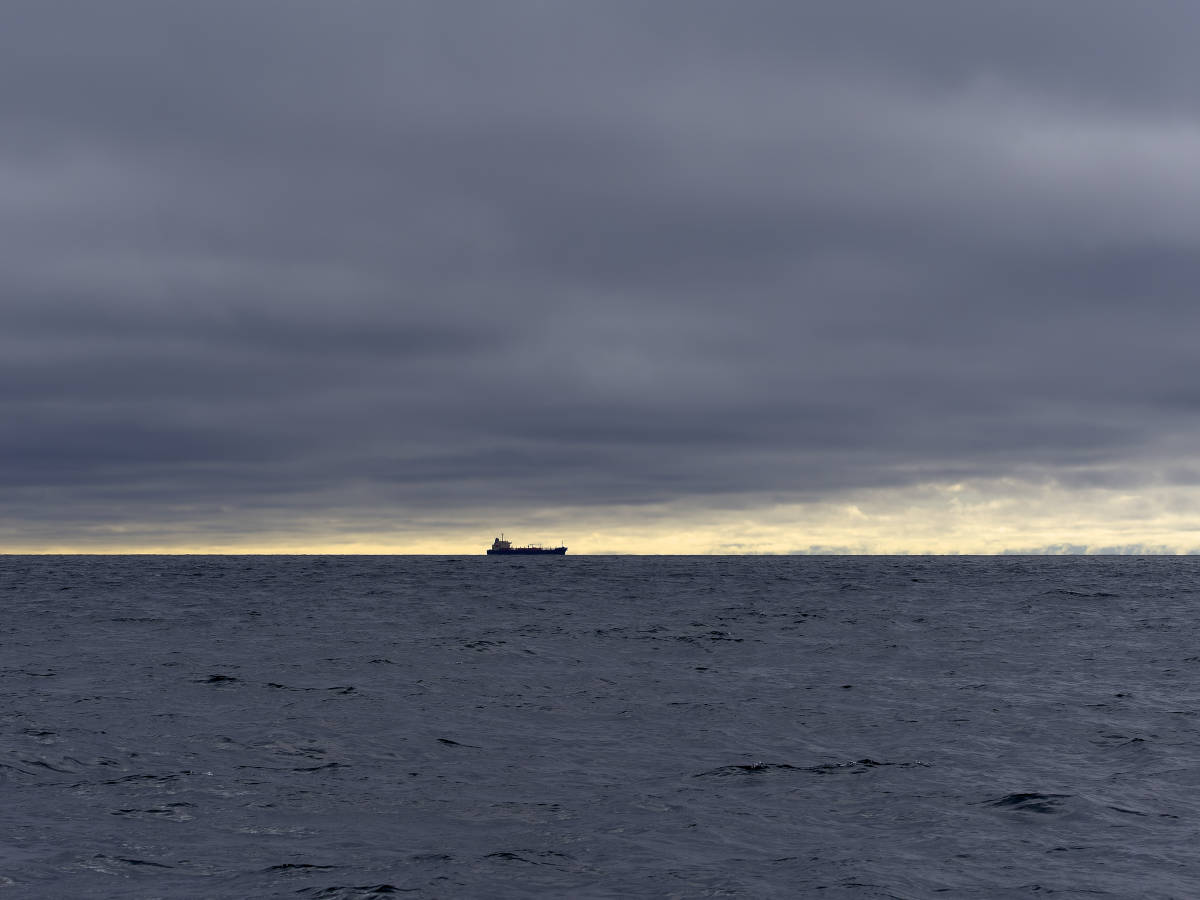
Freighter bound for Murmansk
Early on Saturday afternoon, perhaps two thirds of the way between Bjornøya and Spitsbergen’s Sørholmen, the wind and seas began to calm down and eventually we were left with regular, north easterly seas of 1.5m. This meant that we were able to shake out the reefs in both the main and the genoa.
Eventually, conditions were so calm that we were slipping along at 6kts with not much more wind over the starboard beam. Things got so calm that at one point I woke up thinking, ‘Hmmm, are we becalmed?’ It was a bit of a surprise when I poked my head out and asked Frederieke if this was the case and she said, ‘no, we are doing 6kts’. Huh? Where was the heel and the thumping and pitching and rolling? So nice!
Fogbergen
Once we were in the lee of Spitsbergen the wind disappeared completely and for the last five and a half hours along the coast to Hornsund we had to motor. The birds were all back in numbers and sorts, shuttling to and fro from the east where clearly there was land. Clearly for them but not for us – all we could see was fog. How very Norwegian, such a spectacular country, dramatic and beautiful landscapes but nothing to see but shades of grey.
By 2330 we were anchored at Isbjørnhamna, having motored very slowly into the anchorage through a thick fog. The only indication, beyond the fact that we were anchored in 15m of water, that Spitsbergen existed was that our charts suggested that it was just a few hundred metres north of us.

